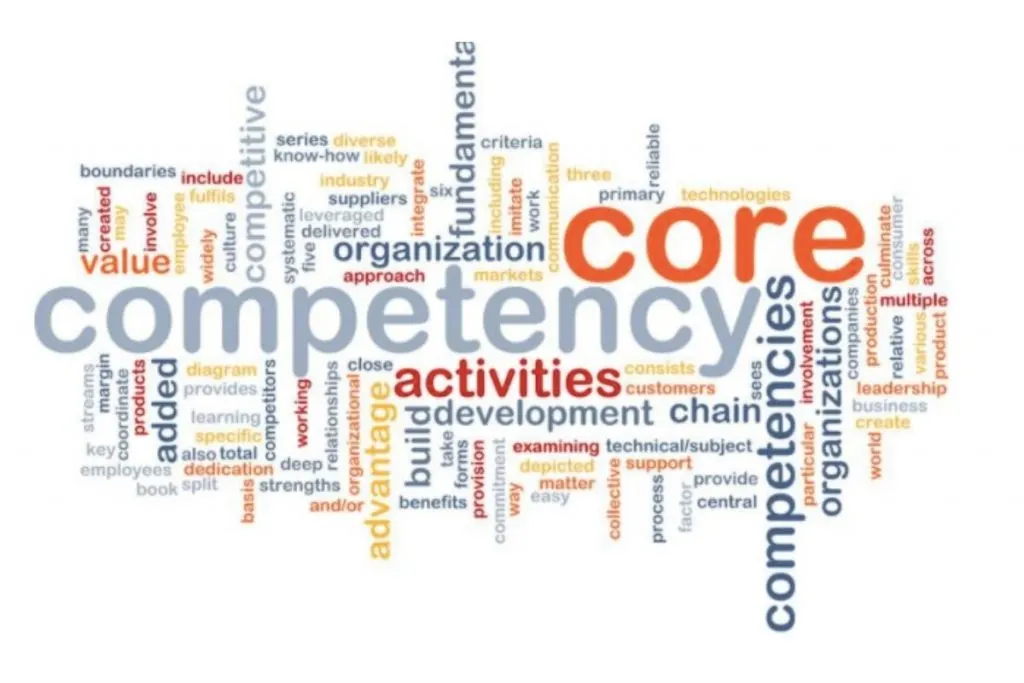Any business needs time and effort to grow. But growth can be daunting since the road towards success is laden with several challenges.
As businesses continue to grow, the organizational pitfalls also come into focus. This is especially true for small and medium business owners.
Such businesses typically tend to face three potential conflicts – employee issues, team issues, and also organizational issues. When leaders are not able to diagnose the pitfalls effectively, precious time is wasted for reaching a solution.
We all know that time is money when it comes to business.
5 Ways to Avoid Organizational Pitfalls
One of the major challenges that any growing organization faces is adopting the best operational management system that respects the diversity and uniqueness brought by the employees of the company.
Business owners encounter several organizational pitfalls while implementing the operating system within a company. These organizational pitfalls might also emerge while working in partnership with other organizations and employees.
You need to employ and implement a structured approach to your business. Your business must build on the implementation capability along with the installation capability. You need proper skill sets to run a business. There are tools and knowledgeable guides like Slite’s knowledge based software guide that can come to your aid too.
If you’re struggling with any of the organizational challenges, here is a list of solutions that you can implement to avoid the pitfalls.
1. Define a business goal

The absence of direction in running a business is one of the most common challenges faced by a leader. This problem can stem from either a lack of business strategy for the future or a lack of transparent communication about the strategy.
Often, an organization lacks the alignment that is needed for shaping the future of the business, activities that will ensure sustained growth for the organization in the long run.
Most often than not, the employees of the organization lack an understanding of their position in the company and where they wish to see themselves in the next few years. As a result, employees become content with what they have and just take care of the everyday tasks, without bothering about the future.
What can you do about it?
As a business owner, you should focus on designing a strategy that can govern the business running matrix. Set up a decision-making operational system that can govern the conflicts that arise with the organization from the grass root levels. This is especially true for issues that are arising from the perspective of resources and priorities of the employees as well as the business.
First thing first, you need to set a realistic business goal for your company. As per the opinions of Ted Harro, founder of Noonday Ventures, if you set unrealistic high objectives for your business, it will create a culture where failure is expected and also acceptable.
Challenge your employees with ambitious goals and objectives but make sure they do not take the flight of fancy. Set a time frame that will help the employees in achieving the business objectives with the tools and budget that you have. When you have the necessary skill sets and resources, achieving a realistic goal is not impossible.
Decide on a business strategy that will focus on organizational growth. Communicate your strategy to the members of your organization in clear-cut messages. There should be no ambiguity and employees must share the same vision as you. Once you have a clear direction on how to grow the organization, make your employees feel the same and you can expect your organization to grow in leaps and bounds.
2. Blend diverse personalities

Regardless of the nature of the work done, it can be a huge challenge to unite a team of people coming from diverse backgrounds. People’s personalities vary widely depending on certain factors like upbringing, views, opinions, and the experience gathered in the past years. Together, such varied factors shape up the personality of a person.
Having a diverse team has its advantages. It can increase the efficiency of work and give your business a competitive edge. But when it comes to a team of few people, diverse personalities can also cause challenges within the team.
As a leader, you need to come to an alignment with the people within a team and share common goals and objectives with them. When the goals are common, even with varied personalities in your teams, you can expect amazing returns.
However, if as a leader, you keep working in silos, and choose to protect your turf, and not be transparent in communicating with your team or refuse to collaborate with others, you’re setting your team up for failure. You need to think with an entrepreneurial mindset but at the same time collaborate on shared problems with your team.
In other words, you have to build a team that will not only be within the business but also is on the business. Incorporate empathy in business. Empathize while communicating with your employees. This will go a long way in the future.
3. Develop a set of key competencies

Often, there are several hard-working employees in a business. But despite their expertise and experience, they often lack that X factor that keeps an organization from reaching its expected height. Most businesses work in a simple model which is driven by some key characteristics – the combination of business model, business product along with the mission, and the people of the organization. Research by James Allen and Chris Zook says, 94% of challenges faced by businesses are caused internally.
As human beings, we all have our strengths and weaknesses. As leaders too, people have their leadership weaknesses. Sometimes, the weakness is one and at times, there are multiple weaknesses. While sometimes, leaders are well aware of their shortcomings, at times, some such leaders choose to overlook their deficits. Employees within the organization are often scared to tell what they think about the company and its leaders.
Leading a business is a daunting task that requires a unique set of skill sets. As a leader, you have to upgrade your skill sets regularly and also work relentlessly on closing your performance gaps. Work continuously on improving your communication and behavior. Reach out to your employees.
It’s a wise idea to follow an open-door policy where any member of the organization can freely walk up to you and candidly talk about their issues. This will not only bring you closer to your employees but also build a sense of reliability. Such little changes in business strategies and behavior can bring massive positive results within the organization.
4. Seek feedback and work on it

Once, Ken Blanchard, the famous management expert said, “Feedback is the breakfast of champions.” Only meaningful feedback can help the employees in making the difference between greatness and simple mediocrity.
When it comes to receiving feedback, there are two extremities. Either people avoid seeking feedback from employees of the organization or people do not bother working on the feedback received. Often employees are afraid of sharing candid feedback about their leaders fearing retaliation.
As a leader, you have to incorporate a work culture that encourages openness, honest feedback, and proper coaching. Only then can an organization grow and sustain the growth. Execute employee-centric business strategies. If you take care of your employees, they, in turn, will ensure that your business runs smoothly and effectively.
5. Build awareness about the business environment

Building a business from scratch takes a lot of effort and hard work. At the same time, it also needs a keen interest and knowledge in building and sustaining a unique environment and culture that is suitable for the business.
Since leaders are extremely invested in critical activities, they often overlook certain things in day-to-day business. The market situation can change quickly, and it needs complete attention from a business leader.
It is imperative to mention that when the leaders are busy focusing on the business market conditions and other operational distractions, they often overlook the team. This means that the communication within the team suffers the most. Leaders fail to recognize the team effort and often fail to celebrate the progress that the team has made in the business. They also overlook the pipeline of talent and do not invest the requisite time to focus on better ways of working within the team. As a result, the team members lose focus and become disinterested in the common objective and instead focus on their growth and development.
At present, in dynamic business environments, the only thing that you can rely on is change. As a leader, you must be willing to handle the organizational changes quickly and as effectively as possible.
Conclusion
We all make mistakes. A mistake is indeed nothing but a learning opportunity. At the same time, it is important to invest time in learning how to recognize and avoid making those same mistakes repeatedly. Only then you can look forward to a productive and efficient team.
It is time to adopt a new approach for the emergent change paradigm that will create and nurture an environment that is employee-friendly and is quick to adapt to the ever-changing world of business.

